
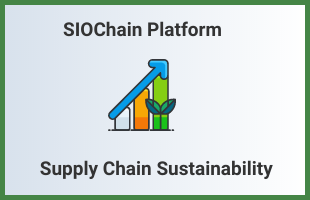
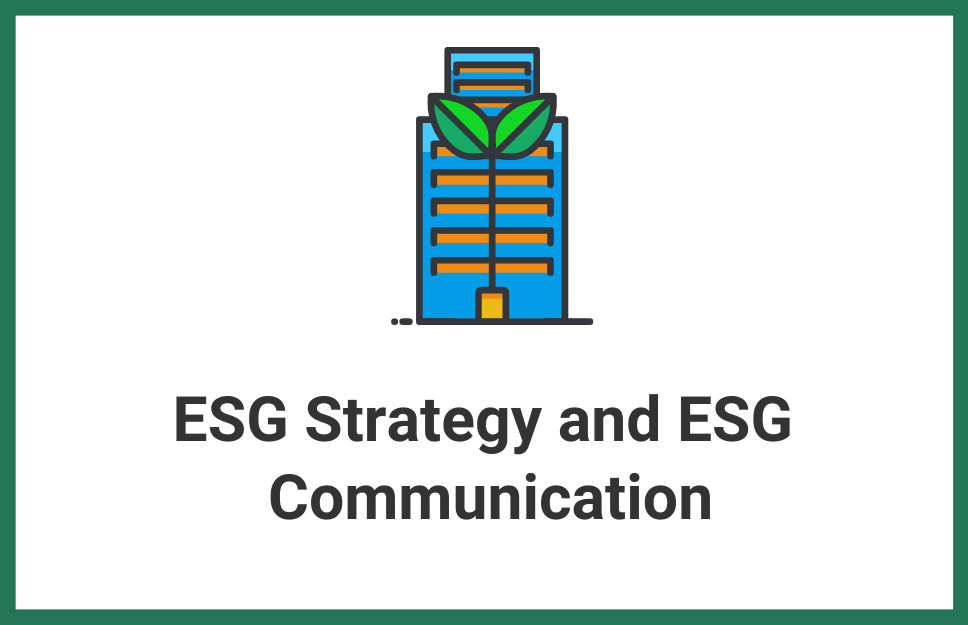
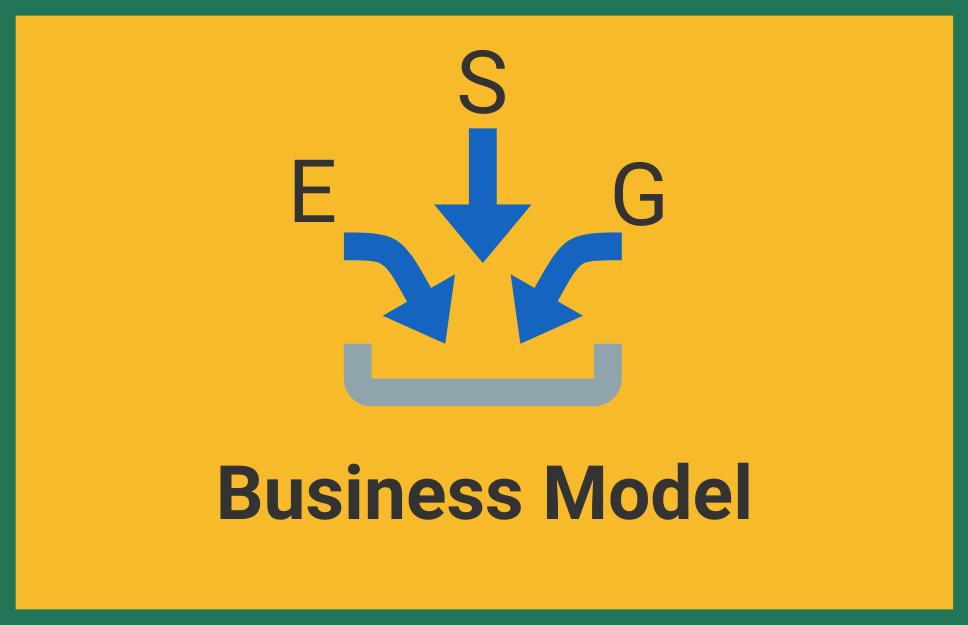



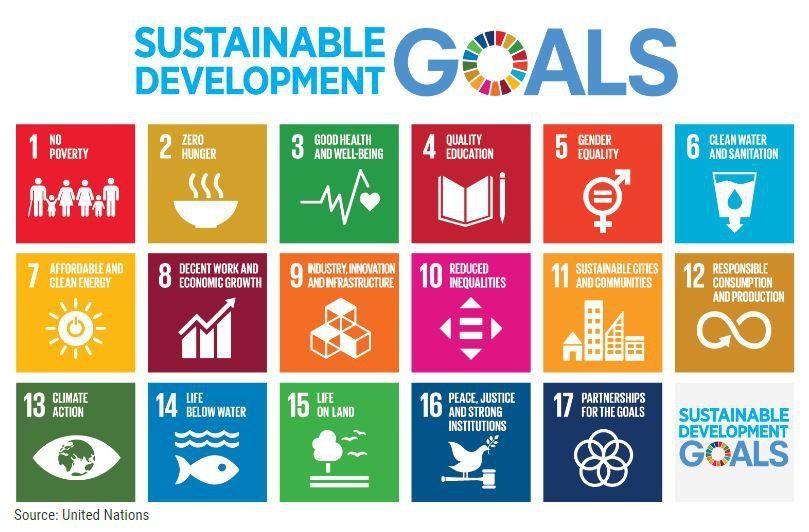
About Social Bond Principles
“The Social Bond Principles (SBP)
formulated by International Capital Market Association (or ICMA), are voluntary process guidelines that recommend transparency and disclosure, and promote integrity in the development of the Social Bond market”, ICMA.
The ICMA Social Bond Principles provide guidance to issuers on the key components needed to issue a social bond. Issuers who intend to launch a social bond are required to build a Social Bond Framework, which should align to the following four components as specified under the Social Bond Principles.
Use of proceeds:
At the core, it is imperative that the use of proceeds (associated funds) are utilized to finance or re-finance Social projects.
The Social Bond Principles explicitly define the eligible categories under which projects can be labelled Social. These projects include categories such as providing food security, socioeconomic advancement and empowering opportunities, and employment generation projects.
Process for project evaluation & selection:
Social bond issuers should clearly communicate the social objectives of the projects to their investors. The issuers are encouraged to specify the process of a project fits into the Social Project categories. It is highly encouraged that the issuers align their evaluation and selection criteria in alignment with their overall strategic objectives, goals and strategy as specified in the Sustainability action plan.
Management of proceeds:
The SBP specify that proceeds (funds) are managed properly in be credited to a sub-account, moved to a sub-portfolio or otherwise tracked by the issuer in an appropriate manner, and attested to by the issuer in a formal internal process linked to the issuer’s lending and investment operations for Social Projects.
Reporting:
Reporting is an integral part of an issuer’s Social Bond Framework. Issuers are required to report on the allocation of proceeds to eligible Social projects. Issuers should make, and keep, readily available up to date information on the use of proceeds to be renewed annually until full allocation, and on a timely basis in the case of material developments. This annual report should include a list of the projects to which Social Bond proceeds have been allocated, as well as a brief description of the projects and the amounts allocated, and their expected impact.
About Social Projects
Social projects are categories of projects that address global social challenges. Social projects assist in understanding, assessing, planning and managing the issues associated with people.
These projects directly aim to address or mitigate a specific social issue and/or seek to achieve positive social outcomes especially but not exclusively for a target population(s). The categories of social projects include important issues such as access to essential services, socioeconomic advancement and empowerment and employment generation including SME financing and micro-finance.
Social projects and its alignment with Sustainable Development Goals
The Sustainable Development Goals (SDGs) are a collection of 17 global goals set by the United Nations General Assembly as an agenda for the year 2030. Refer to the 17 SDGS
and choose the goals that best aligns with the objectives of the social project. As an example, one of the most relevant SDG to social projects is Sustainable Development Goal (SDG 8) which encourages companies to take actions for sustainable economic growth. Global economy is growing at a slower rate and more progress is needed to increase employment opportunities. To fund the social projects, companies can always leverage the financial instruments available (such as Social Bonds) in the market to fund the Social Projects.
Social Bond Framework
A social bond framework is a document which mentions your eligible projects. The document aligns with the components of Social Bond Principles and briefly mentions use of proceeds, management of proceeds, your process of evaluation of social projects and how you plan to report on the proceeds and the progress. It is recommended that your projects also align your sustainability strategy as per the sustainable action plan.
See an example of a Social Bond Framework.
Connect with us to know more about Social Bond Framework and ESG Communication



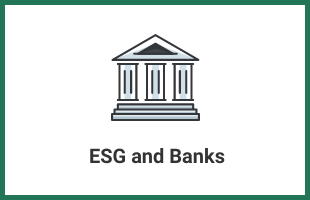





1, Rockefeller Plaza, New York City, NY, United States, 10020 I 1-888-502-6838 | team@thesustainability.io
copyright © 2018 - 2022 theSustainability.io, All rights reserved